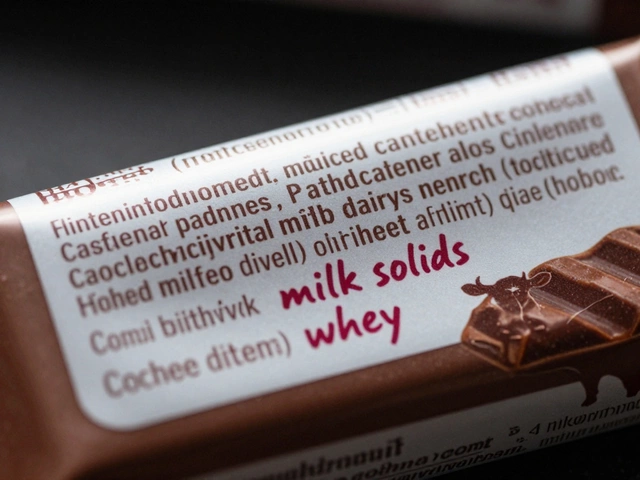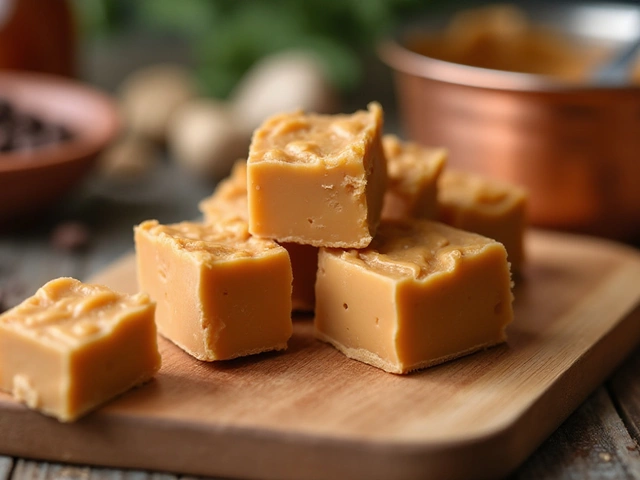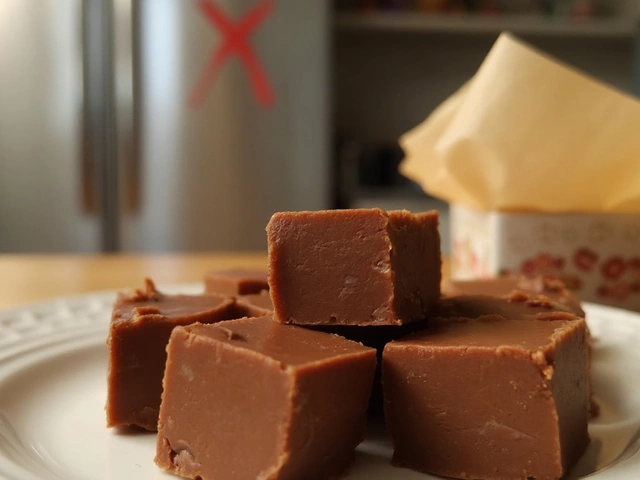Edible Effects: How Ingredients Shape Your Sweet Treats
Ever wondered why a fudge batch turns grainy one day and silky the next? Or why gluten‑free cakes sometimes sink? The answer lies in the little changes that happen inside the bowl – temperature, moisture, and the chemistry of each ingredient. Knowing these edible effects lets you fix mistakes before they happen and turn every bake into a win.
Temperature and Texture
Heat is the biggest player in candy and fudge. Hitting the soft‑ball stage (around 235‑240°F) gives you a creamy, smooth fudge. Drop a degree or two and you end up with a crumbly mess. Too much heat and the sugar crystals reform, making the fudge hard as rock. The same rule applies to caramel or boiled sweets – watch the thermometer and you’ll avoid a burnt batch.
Brownies are another good example. Over‑baking them pushes the moisture out, making them dry and sometimes even a bit bitter. The easiest fix? Pull them out when a toothpick in the center comes out with just a few moist crumbs. That quick check saves you from a rubbery dessert.
Ingredient Swaps and Their Impact
Going gluten‑free? The lack of gluten means the batter can’t trap air as well, so cakes may sink or feel dense. Adding a little extra leavening or using a blend of rice flour and potato starch restores lift and keeps the crumb light.
Skipping eggs in a cheesecake? Eggs give structure and a smooth mouthfeel. Without them, the filling can become grainy or wobble. A simple swap—use a blend of silken tofu or a commercial egg replacer—gives the same set without changing the flavor.
Vegan swaps work the same way. Not all tahini brands are vegan; some use animal‑derived processing aids. Checking labels keeps you honest. And if you want to go “level 5 vegan,” remember the hidden animal products in things like honey, certain sugars, or refined cocoa. Substitute with maple syrup, coconut sugar, or fair‑trade cocoa to stay true.
Even simple things like storage affect edible effects. Fudge left at room temperature for too long can re‑crystallize and become grainy. Store it in an airtight container, and if you live at high altitude, lower the cooking temperature by about 5‑10°F to keep the texture right.
Understanding these cause‑and‑effect relationships takes the guesswork out of baking. The next time you fry a batch of fudge, swap an egg, or bake a gluten‑free cake, think about the temperature, the moisture, and the chemistry at work. Small tweaks lead to big rewards, and you’ll spend less time fixing and more time enjoying.

How Long Does a Brownie's Effect Last?
Wondering how long the effects of a brownie can linger? This article breaks down what happens after you eat a cannabis-infused brownie—from how long it takes to kick in, to how long you might feel the high. Learn about factors that change the experience, tips for first-timers, and what you can do if the effects hit harder than you expected. Get clear advice and real answers about edible timeframes. No guesswork, just useful stuff.
View More




